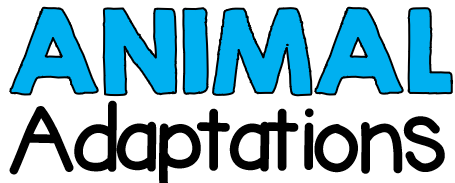Our Animal Adaptations science unit is one of my very favourite units to teach. I find that this age group connects really well with the animals, and engagement is universally high.
Today we focused on bird beaks, and how this adaptation helps animals to survive.
I will admit, this lab took a bit of set up and pre-planning, but it was well worth it. The kids had a lot of fun with it, and I really like to embrace any opportunity I can for hands on investigation.
For supplies, I made a quick trip to the local dollar store and picked up some different tools to use as bird beaks. I tried to grab a wide variety, so groups would have a lot to pick from.
The blue things in the mix are actually some colored dried chickpeas that I had kicking around. I threw them into our "dirt" mixture, just for fun.
I passed the data collection sheet out to student groups, explained the instructions, and let them get to it! Using different "beaks", students had to see how many "food" items they could pick up in 30 seconds. Each round, I mixed different "food" items into their dirt - worms (string), beetles (raisons), etc.
Afterwards, we discussed and reflected on the activity. We brainstormed the things we noticed and wondered about bird beaks on the board, and talked about the ways different bird beaks help them to survive. This was an important step, as it helped the kids really cement their understandings and make the connections from the lab activities to birds in the wild. Students wrote their findings in coloured pens on their handout.
Later, student groups did some "bird beak matching" using matching cards. The cards had images of the different bird beaks, what they are good for, and information about the birds who possess them. They really liked this activity, and it was a great way to review the days learning.
If you are looking for the resources I used for this lab, you can grab them by clicking on one of the images below.
If you are looking for an entire unit on Animal Adaptations, with notes, foldables, and activities, click on one of the images below!














No comments:
Post a Comment